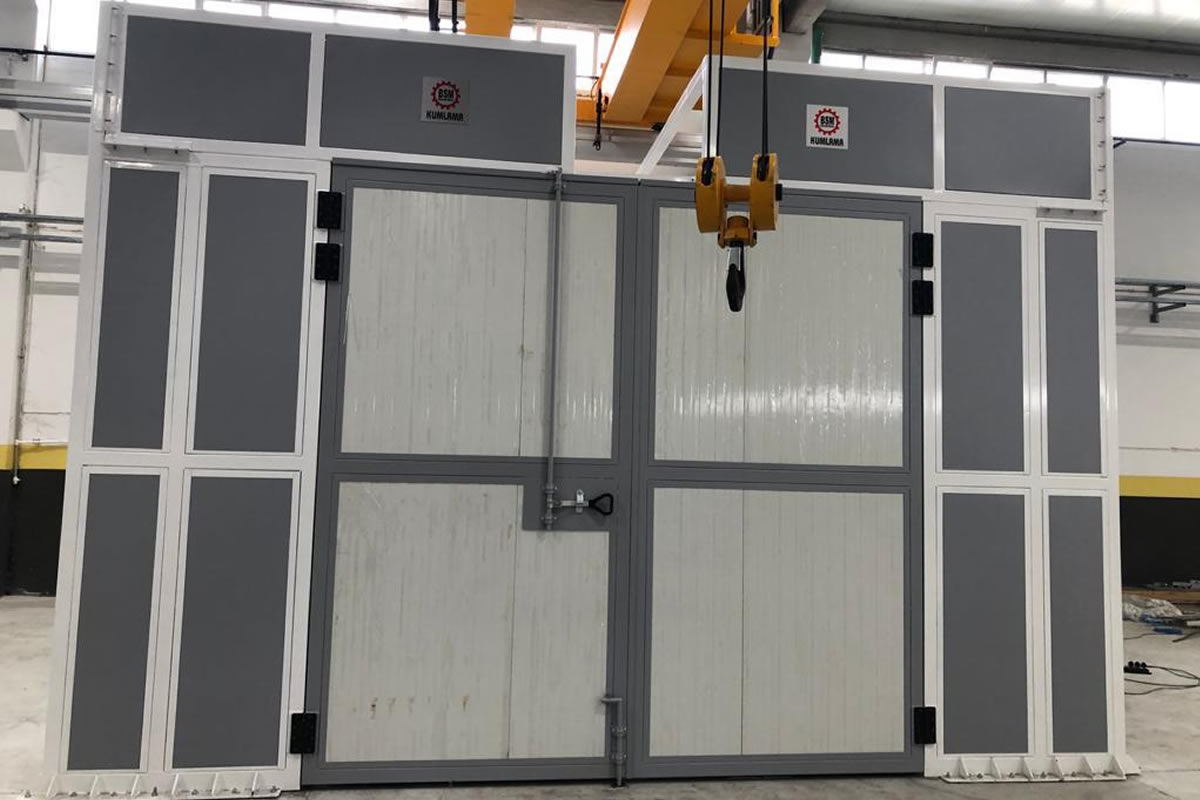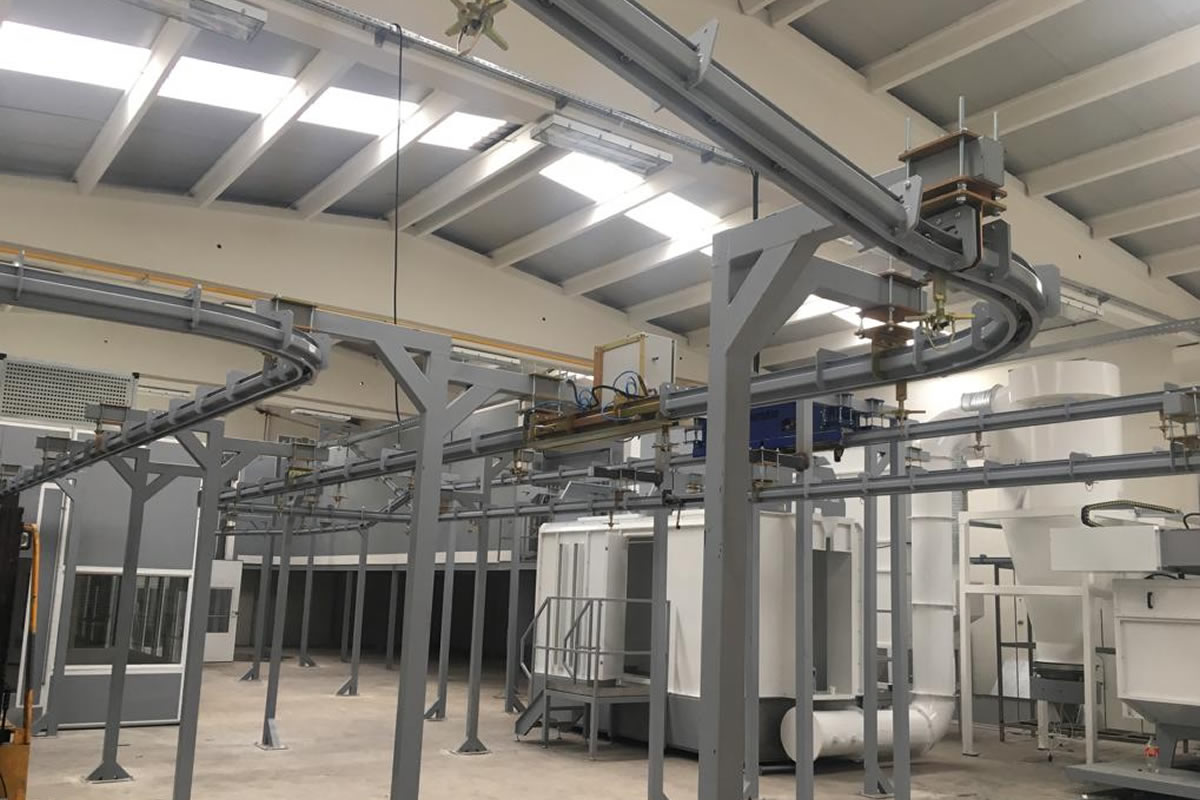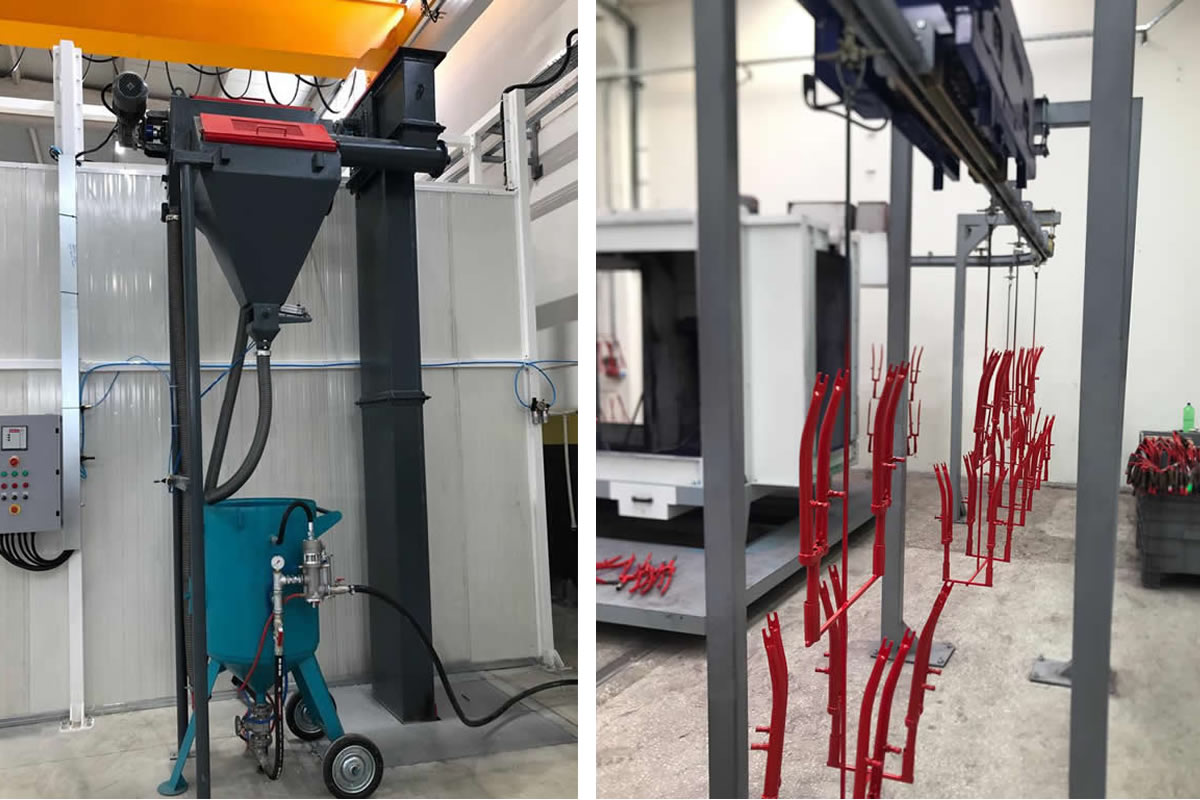- Customer Services: +90(232) 461 87 71
- E-Mail: info@efecantozboya.com



What is Sandblasting, How is it Done?
Sandblasting; in the simplest way; It is made with special materials (balls) which are called sand, which is similar to sand but different from the sand we know, which are specially produced for this work, called silica, basalt, grid, and which are different in use.
Silica
Silica sand, which has very fine varieties, is generally used when sandblasting with light intensity on thin sheets.
Basalt
This sand, which can be called low dusting, is generally used in closed environments where the sand can be recycled.
Grit
It is a sand type with the least dusting and the best blasting power. It is actually iron slag, not sand.
Application of Sandblasting Process
Sandblasting is the impact of the above-described KUM on the metal surface with high pressure air. During this impact, the sand erodes the metal surface to the micron level, while at the same time scraping and cleans any unwanted material on the surface.
Grading of Sandblasting
- Sa 1
It is an extremely superficial cleaning degree. It is an extremely superficial cleaning method on rusted surfaces and is called sweeping in the market.
- Sa 2
It is a highly cleaned form of rust and unwanted formations on the rusted surface. The specific gray color of the steel can be easily chosen. It is a degree of sandblasting that is not preferred in the market. Because it is too much for superficial cleaning, but not enough for a deep cleaning.
- Sa 2.5
It is the most preferred sandblasting grade in the market and it is the state of steel that is free from all kinds of rust and undesirable formations. The unique gray color of the steel is fully revealed.
- Sa 3
It is the highest degree of cleaning that can be done in the sandblasting process, just like Sa 2, it is not preferred in the market. Because the cost and application time is quite high. It also means the wear of the steel, even in the micron level. This goes against the goal of protecting the original steel.
The sandblasting process should be completed as soon as possible in dry weather and the painting process should be started. Because after the rust and unwanted formations are removed, the steel is even more vulnerable to rusting. If the weather is damp, the sandblasted steel will immediately begin to darken and rust.
